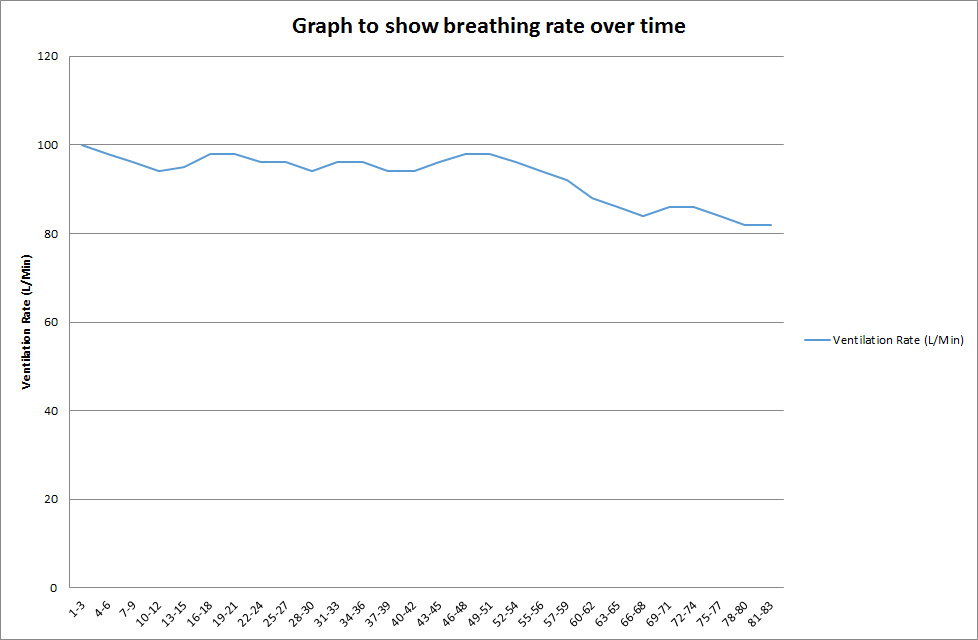Content
- Role of Adenosine Triphosphate (ATP)
- Glycolysis – aerobic and anaerobic
- Principles of training – intensity and duration
- Energy system continuum
- Energy systems application to sport
Exercise physiology is underpinned by the energy systems. When we exercise our body is constantly working to supply muscles with enough energy to keep going. The way energy is made available to muscles changes depending on the specific intensity and duration of exercise
These are the 3 Energy Systems
The energy systems are all working at the same time (See Energy Continuum). However the predominant Energy System used to re-supply ATP depends on 3 things: -
In practice, all these factors work together to determine which are the predominant energy systems being used during the activity.

It is important to be able to provide practical sporting examples of when each of the energy system is being predominantly used. Good knowledge and understanding is demonstrated by being able to highlight the link between intensity and duration of exercise as well as the individual’s level of fitness to the predominant energy system being used.
Example 1. In netball the ATP-PC system would be the predominant energy system used when a Centre sprints at maximum intensity or 100% to get into space to receive the ball.
The candidate has therefore demonstrated with the example that there is a direct link between the ATP-PC system and maximum or 100% intensity.
Example 2. The Anaerobic Glycolysis or lactic acid system would be predominantly used in netball when a centre works at a high intensity for duration of up to 40 seconds. This could occur if a team fails to score, resulting in a prolonged period of play. Also during this time most of the CP stores would have been depleted, therefore the body would rely on the anaerobic glycolysis system for energy.
The candidate has demonstrated with the example that the anaerobic glycolysis system is high intensity and is used over longer periods of anaerobic exercise. The answer also shows further knowledge through the link between the depletion of CP as the predominant energy source and the use of muscle glycogen as the predominant source.
Example 3. The Aerobic System would be predominantly used by a centre in netball in medium to low intensity phases of play when the ball is out of play or when returning for a centre pass when a goal has been scored. An increased level of aerobic fitness would be mean the centre would take longer to reach anaerobic threshold and therefore would maintain anaerobic energy stores for longer which means a higher intensity can be maintained throughout the duration of the game.
The candidate has used an appropriate example to make the link between low to medium intensity exercise and the aerobic system. There is also understanding of how aerobic fitness levels influence the predominant energy system used.
In reality, the energy systems never work in isolation and are ALL working at different percentages at different times. E.G. when jogging the body will still be using a very small proportion of the ATP-PC system and when sprinting the Aerobic system will also be used albeit in very small amounts. As stated the percentage use of each of the energy systems will be constantly changing particularly in games type sports where the intensity and duration of the exercise being performed is constantly changing. For example during a game of football a wide player may sprint down the line beating defenders using approximately
Then when he stops to prepare to cross the ball when confronted by a defender the proportion of each system will change because the intensity of the exercise will drop and hence the proportion of the energy systems being used will change:
At the end of a match, competition or activity the proportion of each energy system will be totalled. Examples of this can be seen in the table below.

A common misconception with energy systems and the energy continuum is that during exercise the body will replenish ATP using one system (e.g. aerobic) then as intensity gets harder the body switches completely to another system (anaerobic Glycolysis)then as it gets harder again, only the ATP-PC is used. In practise, as the intensity increases there will be a gradual move towards the anaerobic glycolysis and ATP-PC systems from the aerobic system, but the aerobic system will still be helping to replenish ATP.
As with the energy systems the candidates must link the energy continuum to the intensity and duration of the exercise and fitness level of the performer if appropriate within the answer (see Energy Systems top tips).



